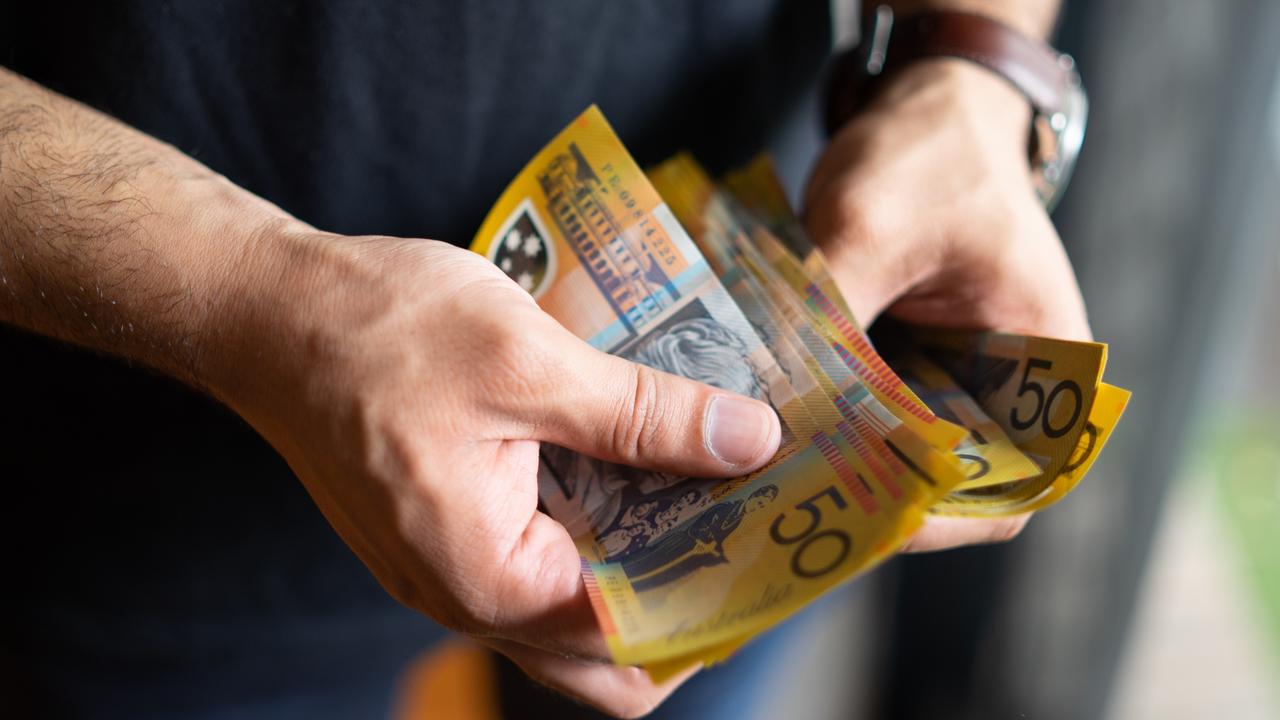Sitting back and watching the interest rate rise on your home loan could be costing you hundreds of dollars more a month unnecessarily.
Homeowners are being warned not to fall victim to a “mortgage loyalty tax” by staying with their current lender as banks offer discounts and perks to compete for new customers.
Analysis by RateCity shows all four major banks are offering new customers a significantly lower variable rate than existing customers who have not “haggled” for something better.
The financial comparison site found someone who took out a variable rate loan in September 2019 could be paying an interest rate that’s almost a full percentage point higher than a new customer today.
Looking at Australia’s largest bank as an example, RateCity estimates a Commonwealth Bank customer who took out a $500,000 loan three years ago would have paid an extra $5101 in interest over that time if they had not negotiated.
For a $750,000 loan it is an extra $7,652 in interest and for a $1 million loan it is $10,202.
RateCity explained that in those three years, the bank offered discounts on its lowest variable rates five times to new customers, which meant unless an existing customer called up their bank and negotiated each time, they missed out 0.93 percentage points off their rate.
Addressing RateCity’s findings, Commonwealth Bank said in a statement it was committed to providing existing and new customers with “an array of great value and flexible home loan products”.
It highlighted its “Green Home Offer” where existing customers have access to a low standard variable rate if their home meets certain sustainability and energy efficient criteria.
“We encourage our customers to reach out to us to see how our extensive network of home lending specialists are able to help them find the right solution for their needs,” A CBA spokeswoman said.
The Reserve Bank of Australia increased the official cash rate by 0.50 per cent on Tuesday – the fourth hike in four months.
While the major banks have passed on the rate rises in full to existing customers, they are still offering discounts to bring in new business.
RateCity research director Sally Tindall said banks were “falling over themselves” to offer discounts and perks to borrowers willing to move from a competitor.
“Once the August hikes filter through, a competitive interest rate for owner-occupiers is likely to be around 3.50 per cent,” she said.
“If your variable rate starts with a 4 or even a 5, then you really should question why.”
RateCity found at least 10 lenders have cut variable rates since the hikes began, but only for new customers.
The value of refinanced loans surged by $1.06 billion to $18.16 billion in June, according to the Australian Bureau of Statistics. That is the highest value on record.
As well as rate hikes prompting mortgage customers to shop around, Ms Tindall said many borrowers would be coming off low fixed rate contracts they signed up for during Covid.
“Refinancing hit a record high in June and we expect this will keep on climbing as borrowers roll off their fixed loans, only to find rates have gone through the roof since they last looked at their mortgage,” she said.
“This will in turn push the banks to come up with even more discounts and perks for new customers, particularly refinancers looking to jump ship from a competitor.”
Customers also have the option to call up their bank and negotiate a better interest rate.
“If you do go down this path, do your research before you make the call,” Ms Tindall warned.
“Check what rate you’re on, check what rate your bank is offering new customers, but also what other lenders might be willing to offer you.
“If you have a couple of quotes at the ready for some of your bank’s competitors, they’re likely to take notice.”
.



